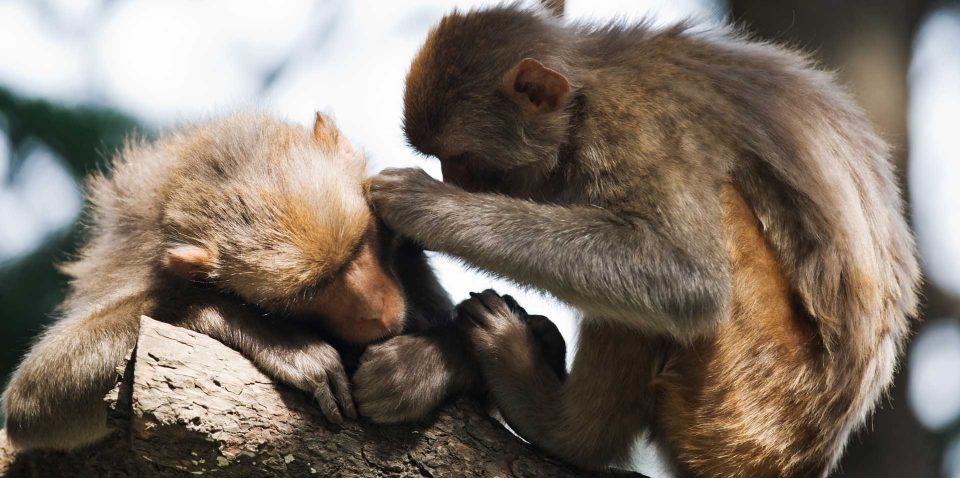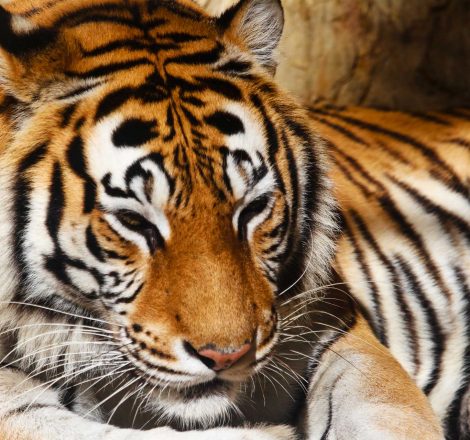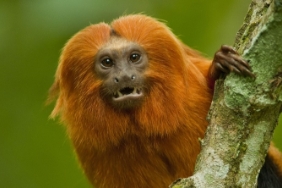
Corporations testing in animals
Empresas que TESTAM em Animais – Atualizado em 20/07/07 Esta lista informa se a empresa Testa em Animais , não considerando a composição dos produtos. NOTAS:
Paradise Wild Animal Park is the first area to be converted to an RPPN by KASA.
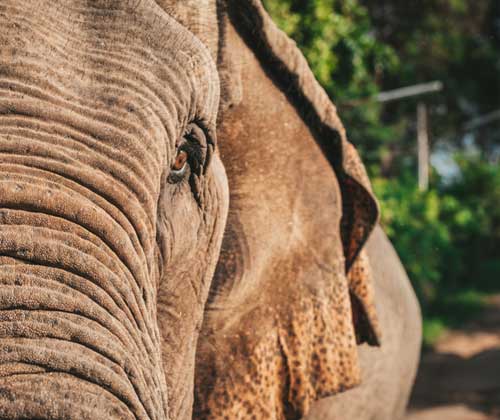
Animals always existed in the environment. Long before human beings, they've inhabited earth
Approximately 1400 remaining
Paradise Wild Animal Park is the first area to be converted to an RPPN by KASA.
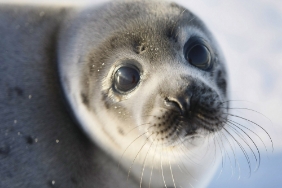
Private Reserves of Natural Heritage, also known as RPPN, are areas of environmental conservation in private lands
Approximately 5000 remaining
Paradise Wild Animal Park is the first area to be converted to an RPPN by KASA.

Animals always existed in the environment. Long before human beings, they've inhabited earth
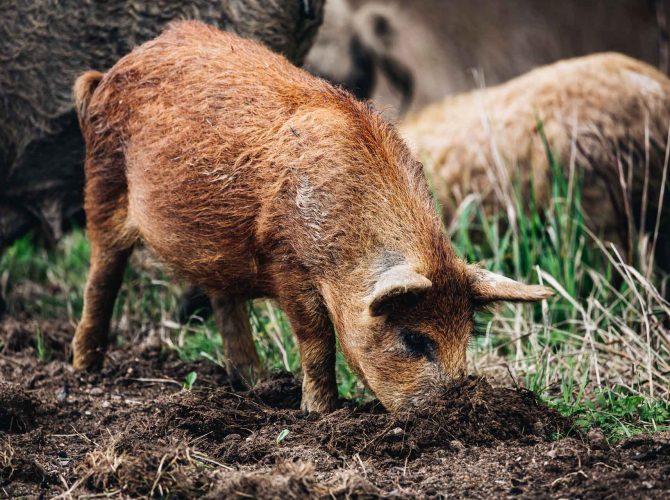
Kouprey Friends of Animal Sanctuaries (KASA) is a non-governmental organization (NGO), non-profit, whose purpose is to promote the welfare and conservation of all species of animals, assisting and working with entities that have similar objectives, and acting for the spread of environmental education in all sectors of society, mainly with regard to the orientation of the welfare and conservation of animals and through the acquisition of areas for preservation.
The concept that every animal needs a home “KASA” or a protected place to live is emphasized in one of the main actions of the NGO, which is to raise funds for the acquisition of native and / or degraded areas for recovery and transformation into Private Reserves of the National Heritage (RPPNs), giving priority to areas close to or in the path of already preserved areas, in order to form ecological corridors, essential for the survival of animals.
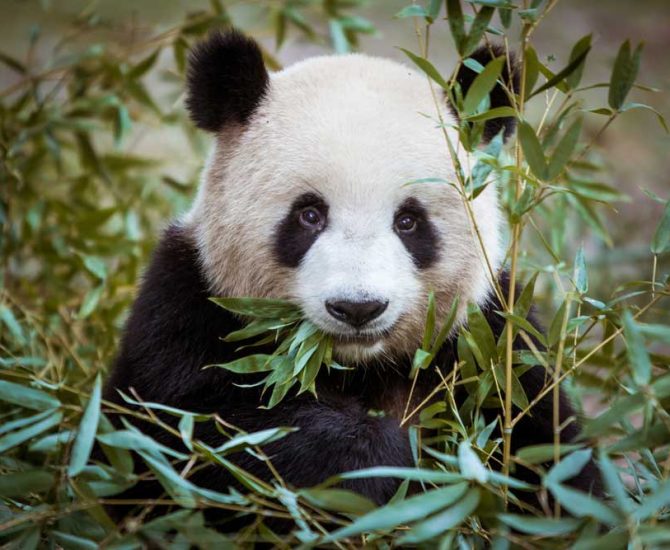
Private Reserves of Natural Heritage, also known as RPPN, are areas of environmental conservation in private lands, recognized by the National System of Conservation Units (SNUC) as a category of Conservation Unit. The RPPN is created based on the will of the owner, who is committed to conserving nature, ensuring that the area is protected forever, as it is of a perpetual nature.

Empresas que TESTAM em Animais – Atualizado em 20/07/07 Esta lista informa se a empresa Testa em Animais , não considerando a composição dos produtos. NOTAS:

As Reservas Particulares do Patrimônio Natural, também conhecidas como RPPN, são áreas de conservação ambiental em terras privadas, reconhecidas pelo Sistema Nacional de Unidades de
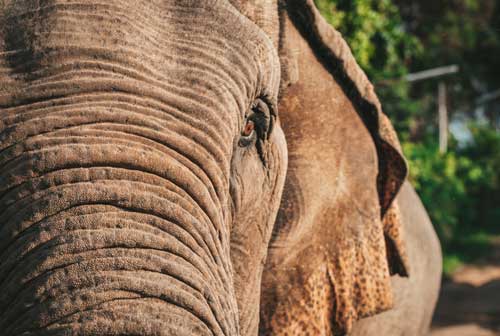
A palavra direito possui diversas acepções etimológicas, e para que possamos considerar o direito dos animais, deveremos usar a acepção mais ampla do termo. Para
Currently, according to the IUCN, more than 26.500 species are threatened with extinction..
Ministry of the Environment points out at least 1.173 species threatened with extinction in Brazil.
More than 12 species saved from extinction by captive breeding and reintroduction into natural protected areas.
There are 66.200 vertebrate species known to date. About 5.500 Mammals species and 10.500 Birds species.
